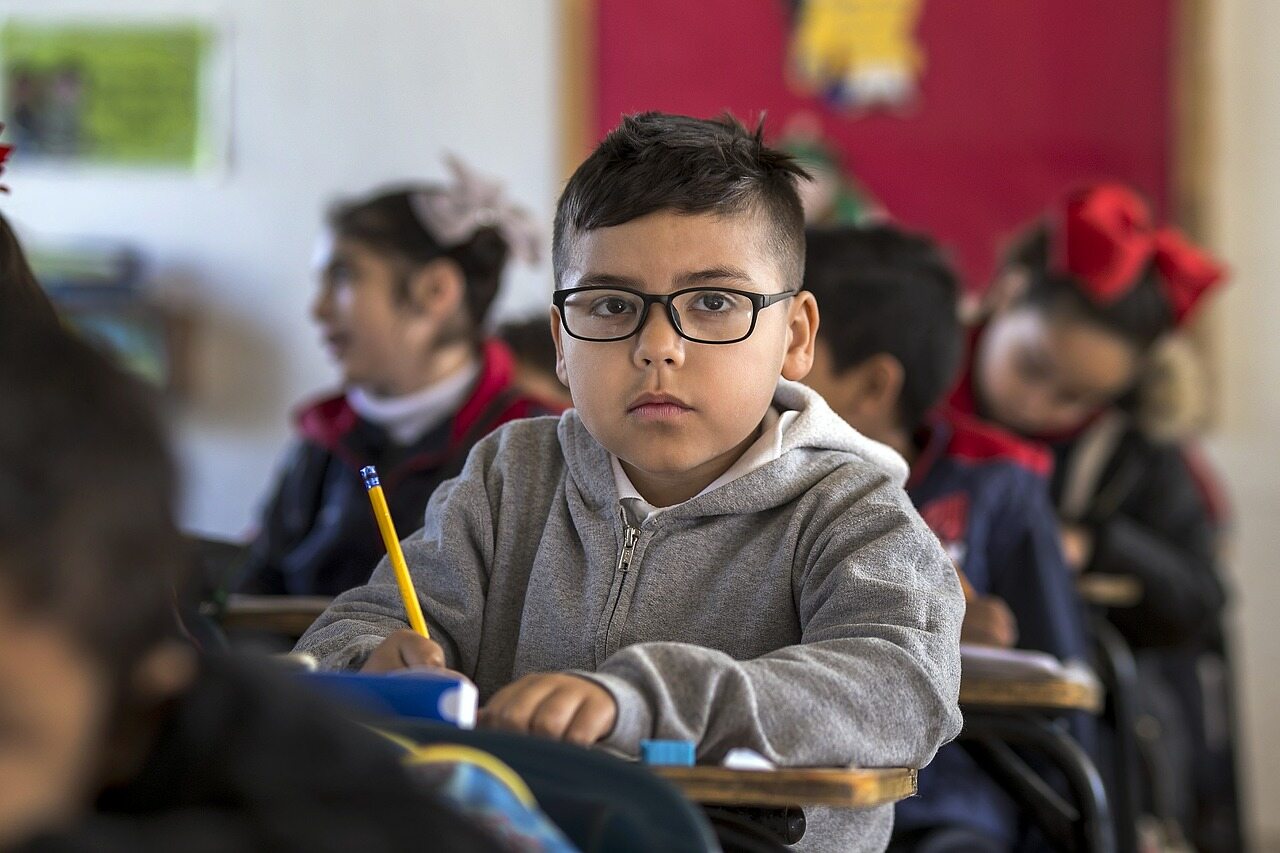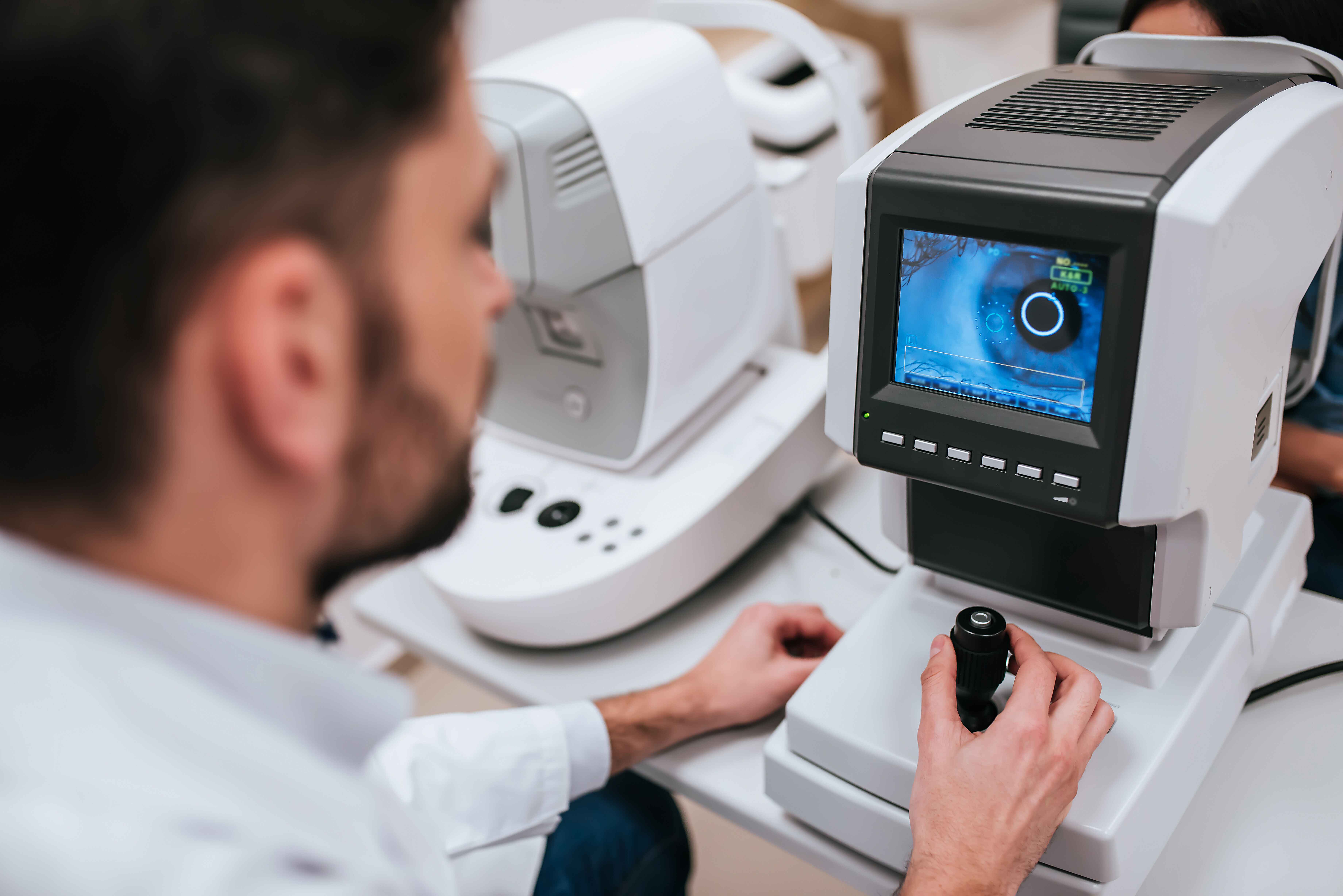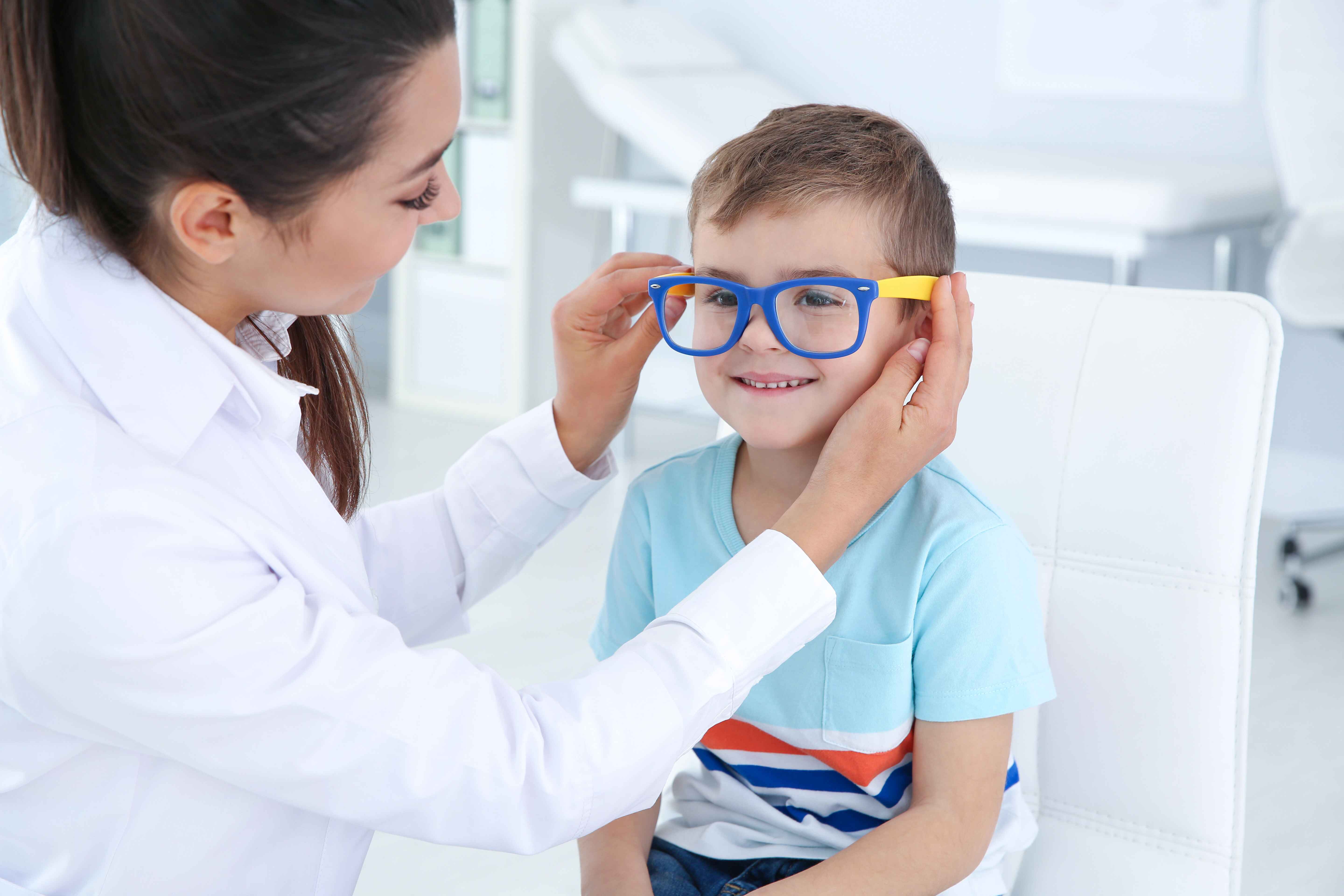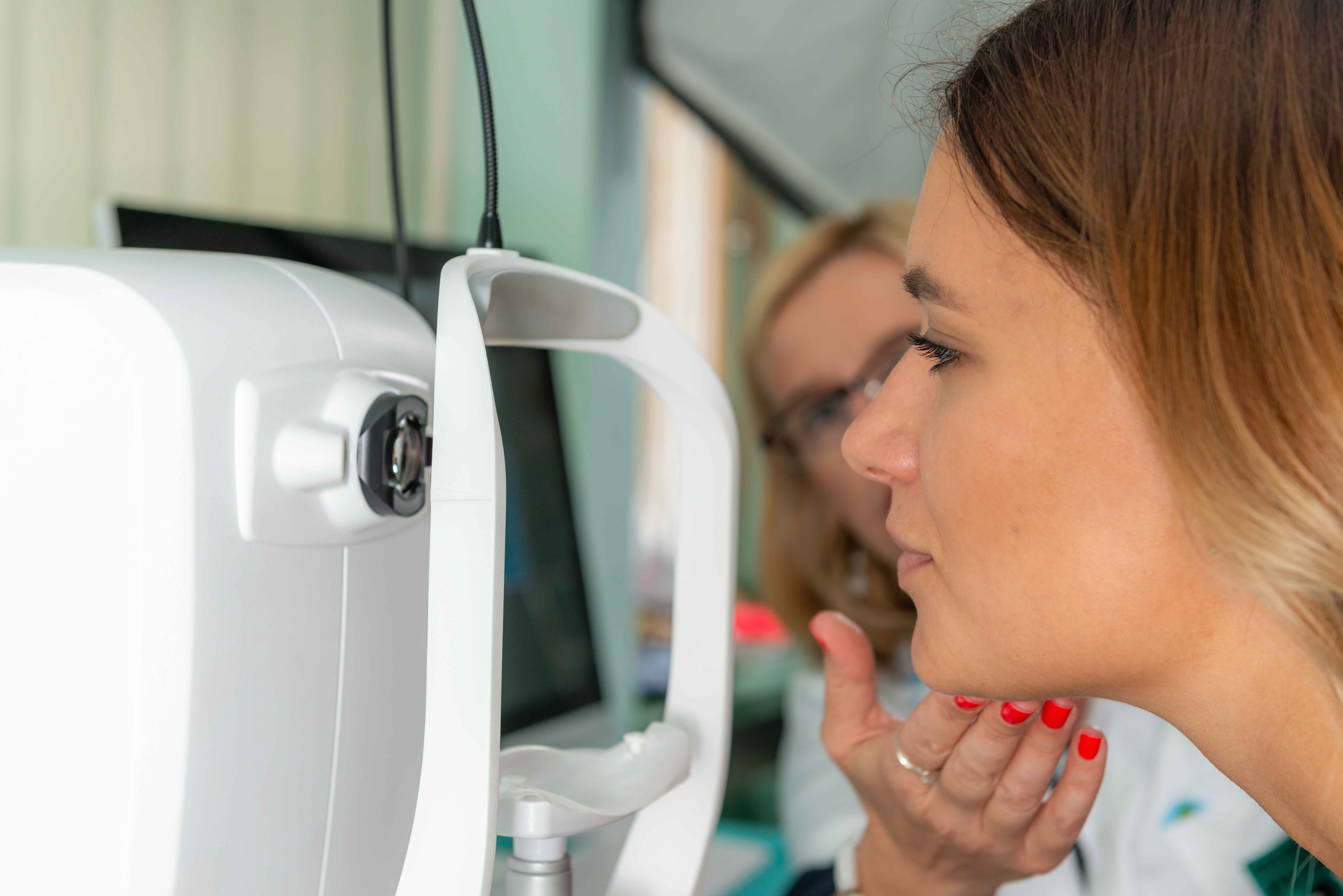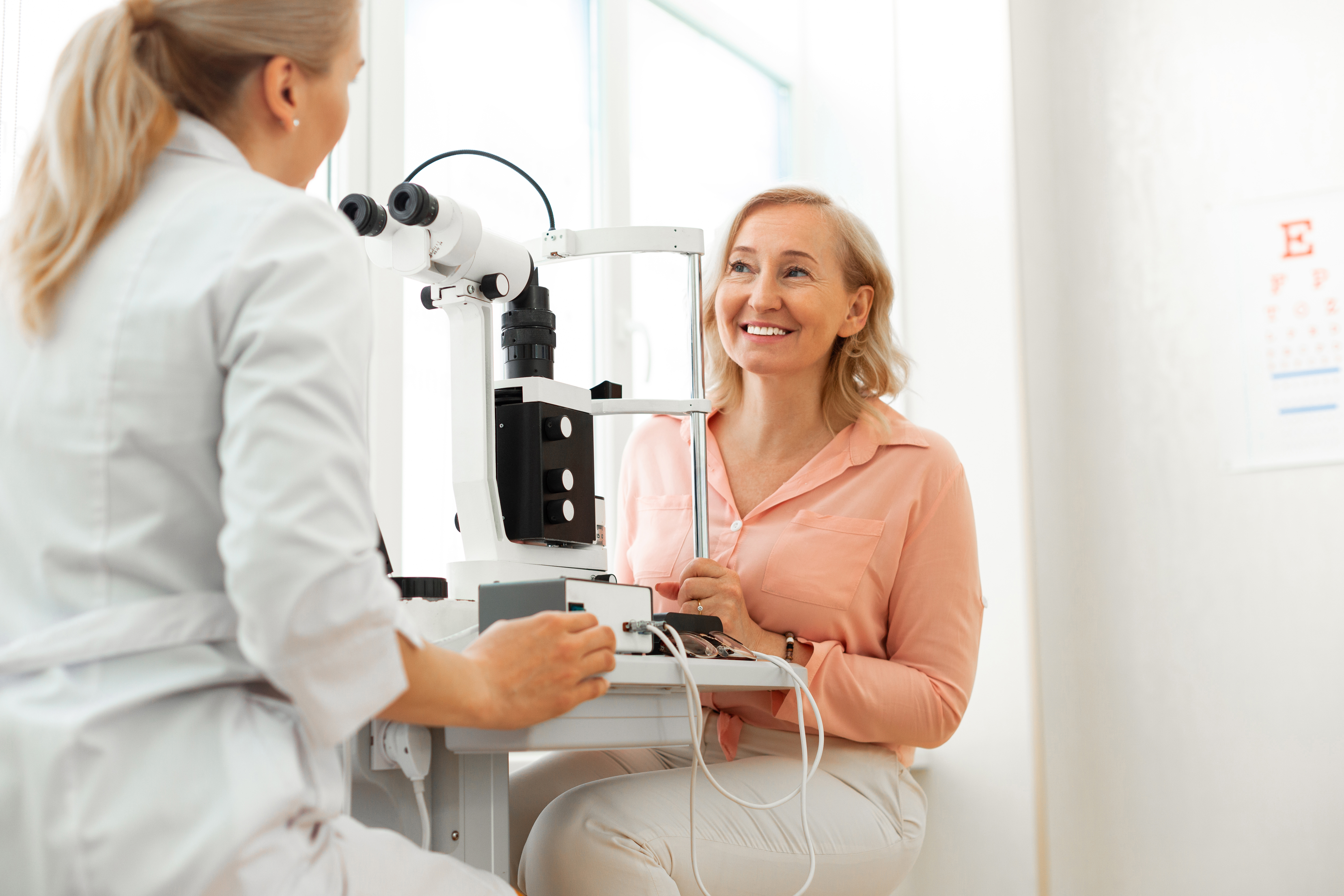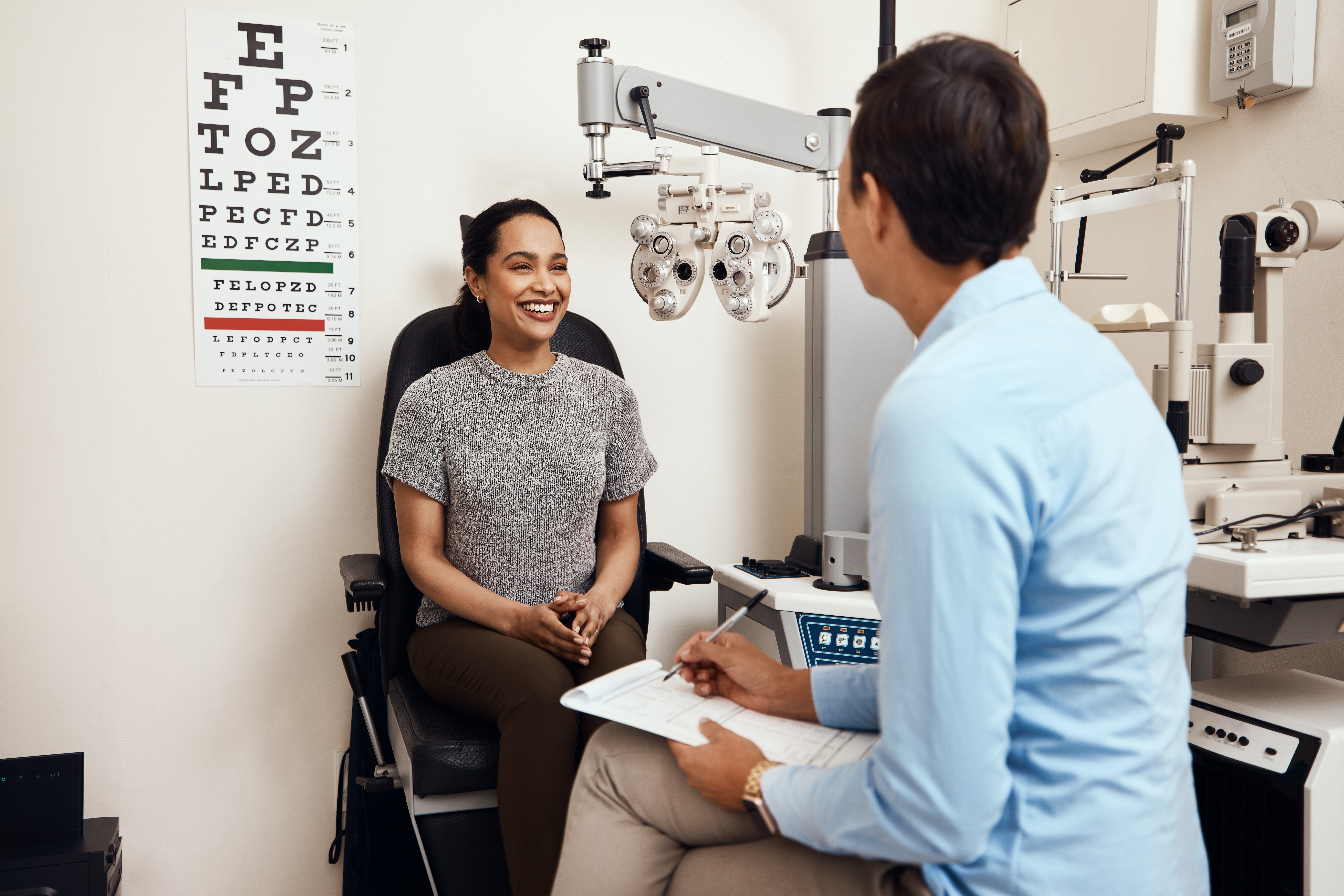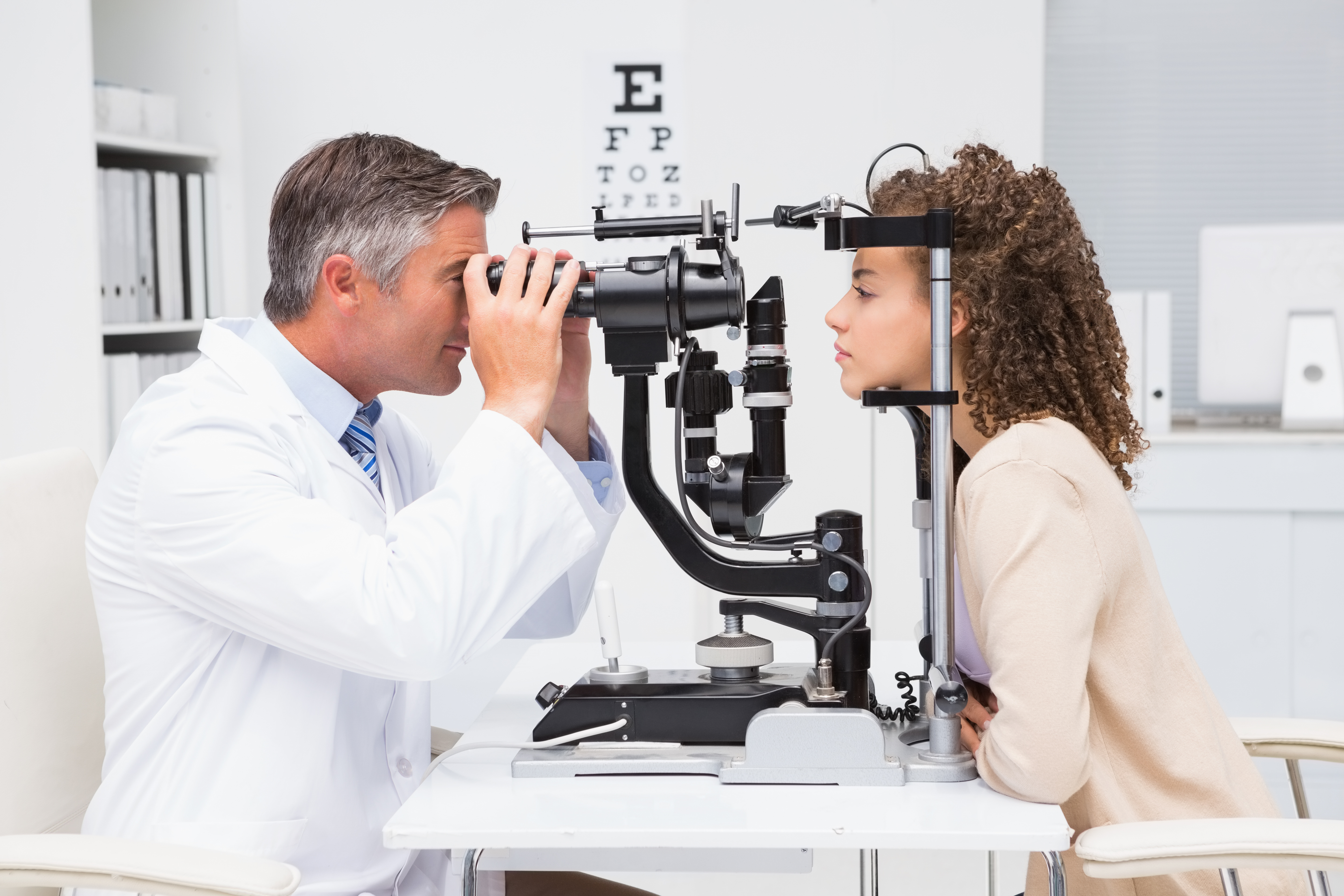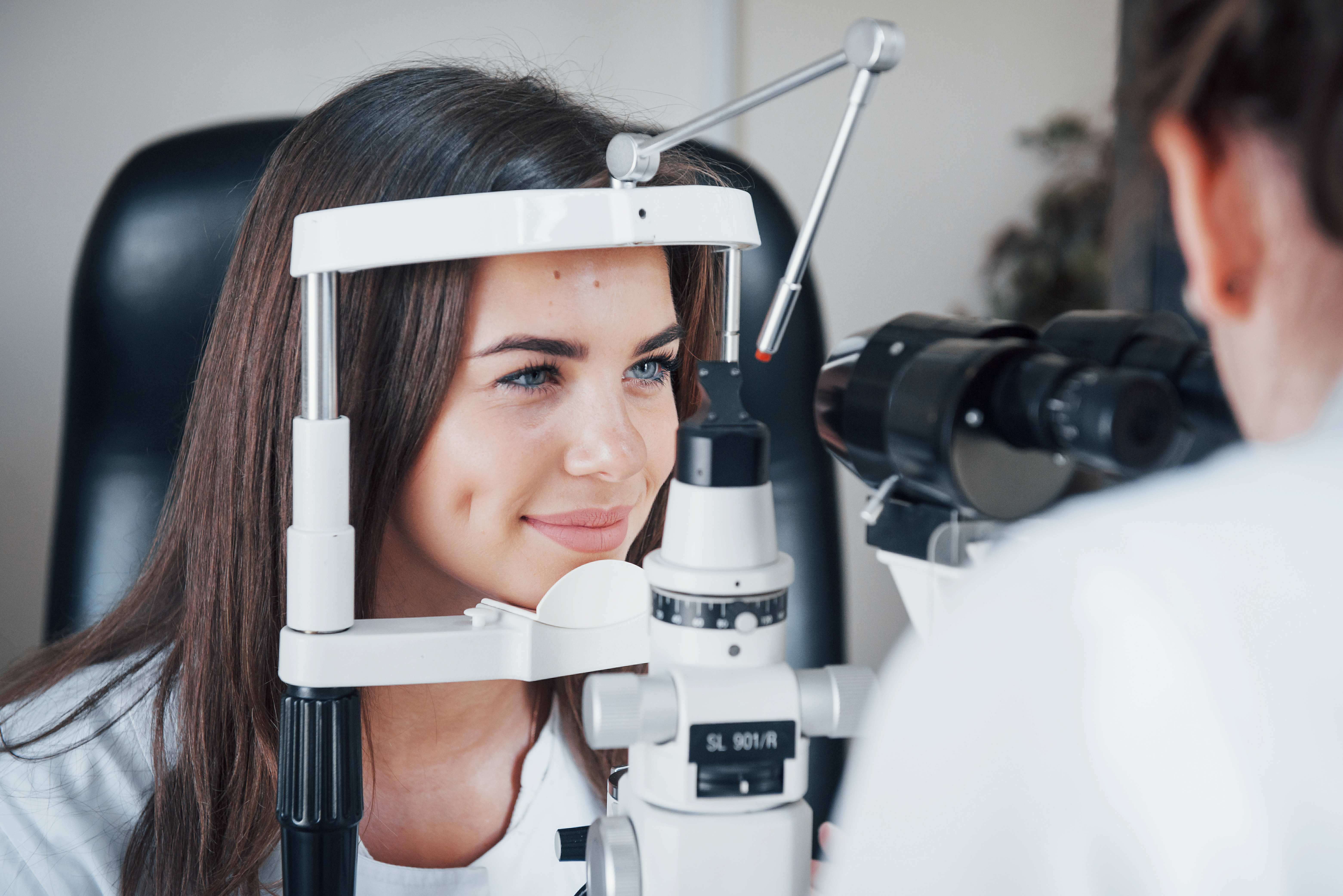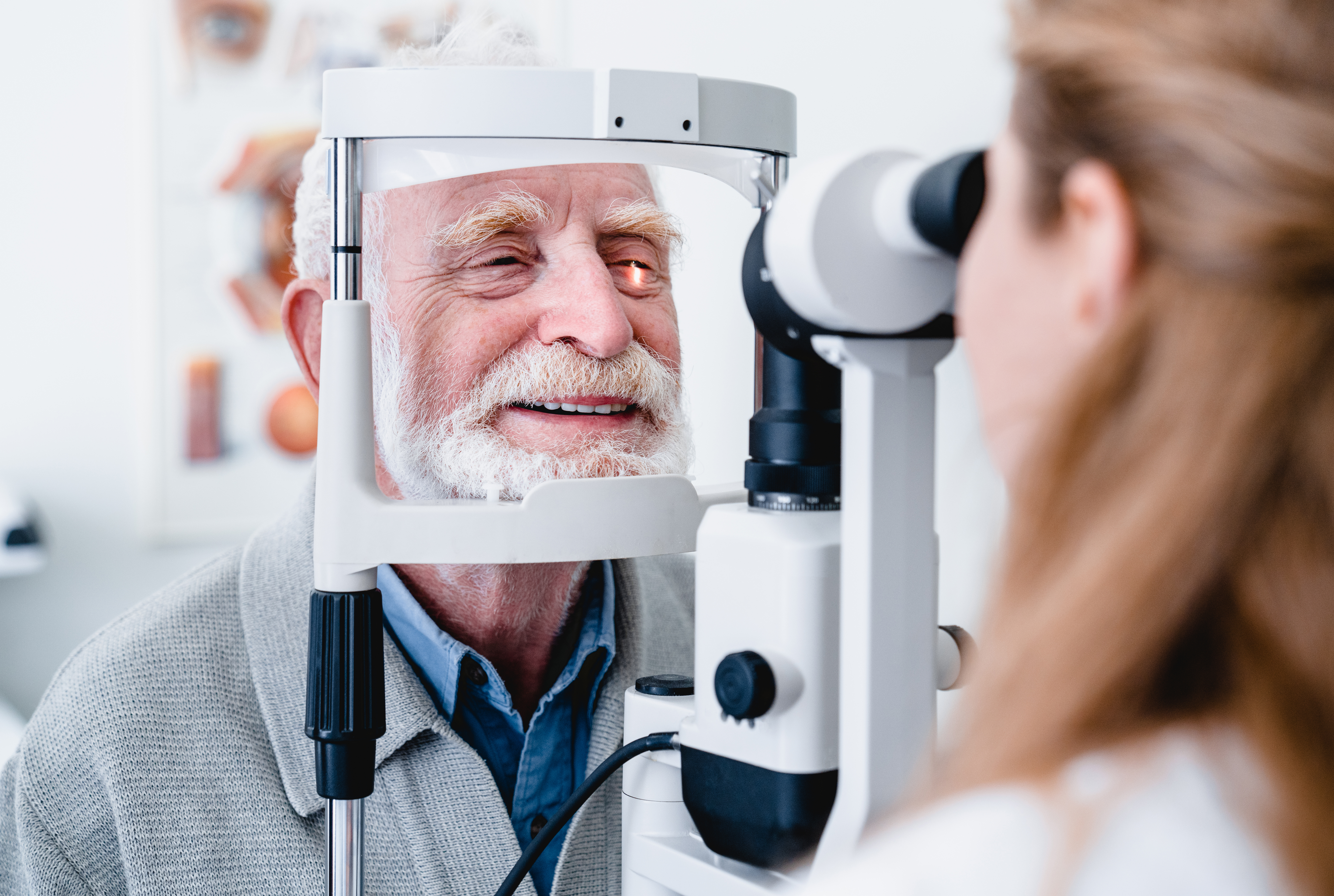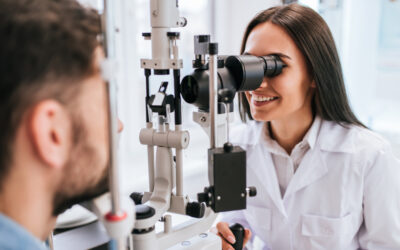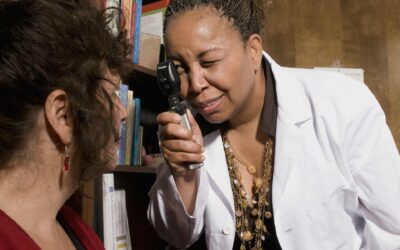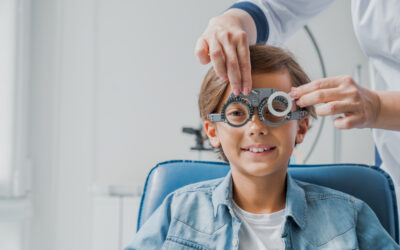Table of Contents
Children spend hours of their daily lives at school, often spending more of their waking time there than at home. As a teacher, you have contact with children during much of their time at school, and you can be the first to detect a variety of health, behavioral and learning problems. One type of problem that you might be the first to detect is related to vision.
Vision and learning
Clearly, vision is important in learning, as studies have shown that up to 80% of learning is visual. Some of these studies estimate that around 500,000 children have undetected vision problems that are affecting their ability to learn. Others feel the number may be well over a million. Whatever the exact number, untreated vision problems are clearly a huge issue for children and their ability to learn.
How can a teacher spot the problems?
You can be a great resource for detecting vision problems in your students. Some of the most common vision problems are near- and farsightedness. Children with nearsightedness might squint, hold their books very close to their faces, or ask to sit near the board, while those with farsightedness might want to hold their books far away from their faces.
Besides these obvious signs, other indications that vision may be an issue include frequent headaches, reading below grade level and skipping over words when reading out loud. Children may also have behavior problems, like difficulty paying attention, since they are not able to see the material being presented.
Beyond near- or farsightedness, there are other eye and vision problems that you can help to spot. For example, if a child’s eyes jump around when reading or doing close work, there may be problems with their eye movement. Another issue that can present in young children is “lazy eye,” where one eye doesn’t move properly or isn’t centered properly.
Children may also have problems with “eye teaming,” where their eyes don’t work together properly, which may present as being clumsy or uncoordinated on the playground. This is also the case when children have problems with eye-hand coordination.
How can you help?
Both parents and teachers might wonder if a vision screening at school can identify these issues. Unfortunately, the answer to that question is no. If you suspect any of these problems, you should let the child’s parents know of your suspicions and recommend a comprehensive eye exam. Besides looking at a child’s visual acuity, a comprehensive eye exam can also identify problems with eye movement, eye pairing, and look for other diseases and conditions of the eye.
While this might sound like a costly exam, an Oklahoma pre-paid vision care plan, like those offered by Vision Care Direct, can help. Because we are owned by doctors, and we want to make sure our customers have healthy eyes, Vision Care Direct offers comprehensive eye exams as part of all of our plans. We don’t own labs, so should a child need glasses, parents can choose the right glasses wherever they desire. In addition, we offer great savings on contact lenses, glasses and frames of all types.
As a teacher, you are a powerful resource for spotting eye and vision problems in your students. Parents can take the next step by making sure their children get regular comprehensive eye exams to diagnose and treat any problems. And with Vision Care Direct, helping children avoid vision-related learning problems can be easy on the budget as well. To learn more about how we can help with Oklahoma vision care, contact us today.
